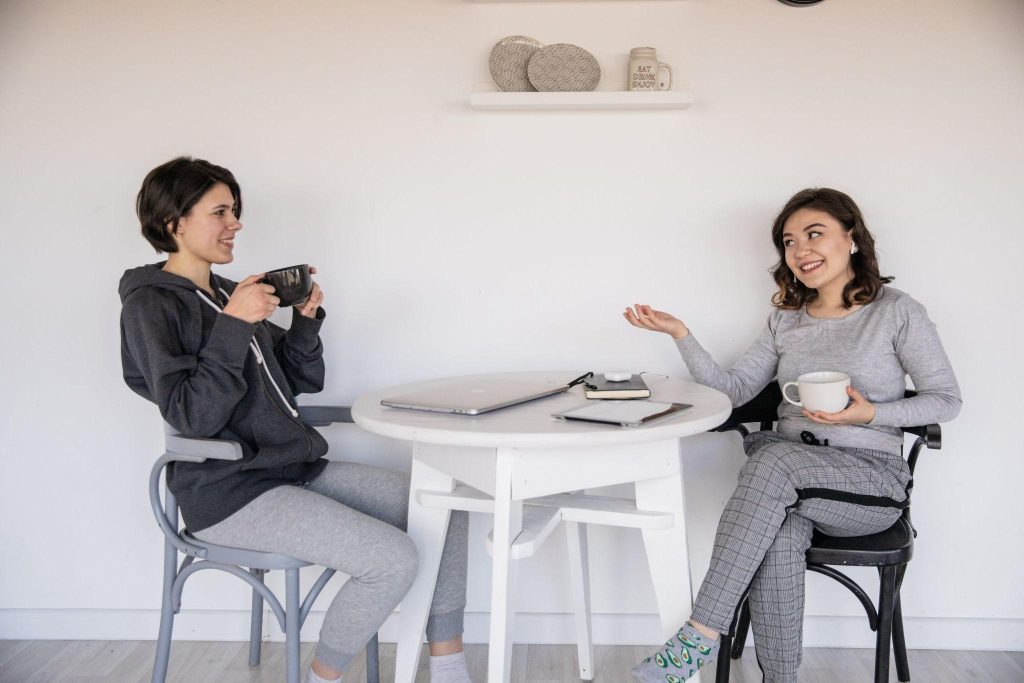Plan for your travel by incorporating these 5 easy study tips to learn a language

You’ve got your flight and hotels sorted, and you’ve checked out restaurants. Now, it’s time to pick up the language of the place you’re visiting! Even if you’re a bit late to start, there are still plenty of things you can do with the language when you’re there. Here’s a guide on learning a language for your upcoming trip!
Be practical about the time you have
No matter how long you’ve been studying, there will likely be words, local sayings, and different ways of speaking that might confuse you when you arrive at your destination. And that’s totally fine! It won’t stop you from having an awesome trip.
When you start learning, set a few achievable language goals based on what you need for your travels, your trip objectives, and the time you have left to study. Remember, you don’t need to be “fluent” to have a good conversation! Here are some ideas for goals:
- Learn to introduce yourself, share where you’re from, and talk about your trip (e.g., “We’re heading to Rome and Florence”).
- Feel at ease asking a few important questions, such as where your hotel is, whether a dish contains any allergens (or specific ingredients), and how to find a restroom.
- Focus on understanding key words you’ll encounter on menus and signs. This is more useful than diving into literature in the language!
Start talking now

Speaking is often the trickiest part for new learners. It might feel a bit awkward trying out new sounds and putting words together into sentences. But when you’re in the place you’re visiting, speaking will be your most important skill!
There are plenty of general tips on pronunciation to get you ready, but the most crucial one is to start practicing speaking at home, right now! Don’t wait until you’re on the plane or in your hotel room to give the language a go. Before your trip, have a chat with yourself, your friends, or even your cat—they don’t even have to be paying attention to you! Just remember, you only need to get your point across and be understood, and no one expects learners to have “perfect” pronunciation! It’ll take some practice to feel at ease speaking, so start today.
Examples:
- Practice introducing yourself and talking about your interests.
- Try asking and answering basic questions like “Where is the restaurant?” or “How much does this cost?”
- Have a pretend conversation about your travel plans with a friend.
- Describe everyday objects around your house in the language you’re learning.
- Experiment with ordering food or drinks in the language, even if it’s just with your reflection in the mirror!
Customize your learning for your trip
Every travel group and itinerary has its own priorities. While some language courses cover a range of skills, vocabulary, and grammar, tailor your practice outside the app to meet your specific needs. Here are some tips to help you:
1. Identify essential words to recognize: Focus on words that are crucial for your trip, especially for menus. Certain words will be important to recognize, even if you can simply point to them on the menu to order.
For instance, vegetarians should know words for different types of meat, individuals with allergies need to be aware of words to avoid, and picky eaters want to quickly find their favorite dishes. Remember, you don’t have to say or write everything in the new language—often recognizing words will suffice!
2. Prioritize practical actions: Concentrate on what you need to do instead of what you’d like to do. Assuming you have only a few months (or weeks) to prepare, work smarter, not harder! Some aspects of the language may not be essential for your trip.
For example, shops and restaurants will display prices in digits you understand, so there’s no need to stress about learning large numbers! It might be more crucial to have a solid grasp of smaller numbers, like 1-10, especially for informing restaurant or museum staff about your group size.
3. Master useful phrases: Pay special attention to set phrases and questions that allow you to communicate effectively in various situations, even if there are more advanced ways to express things. For my trip to Italy, some of my “good enough” Italian phrases were È possibile? (Is it possible?), Andiamo a ___ (We are going to ___), and senza ___ (without ___). I used them constantly!
Focus on what you already know
Rather than trying to talk in your new language exactly like you do in your own language, stick to using what you do know how to say. From a learning standpoint, this helps you practice and create connections between the words and grammar you’ve already studied. It’s also quite practical: there’s only so much you can learn before your trip, so find clever ways to describe things or rephrase what you want to say using what you already know.
For example, when I was in Italy, learning Italian for just a few months, I wasn’t quite comfortable using the past tense to talk about things. I had come across a few past tense forms, but not many, and I knew there were many exceptions. So, I opted for a different past tense form, similar to saying “have seen” or “have eaten,” because it was easier for me as a beginner. I didn’t always get it right, but it always helped me communicate—in Italian!
Have a great trip!
Incorporate language learning into your travel preparations to enhance your next vacation in an amazing way. It’s never too late to begin!




